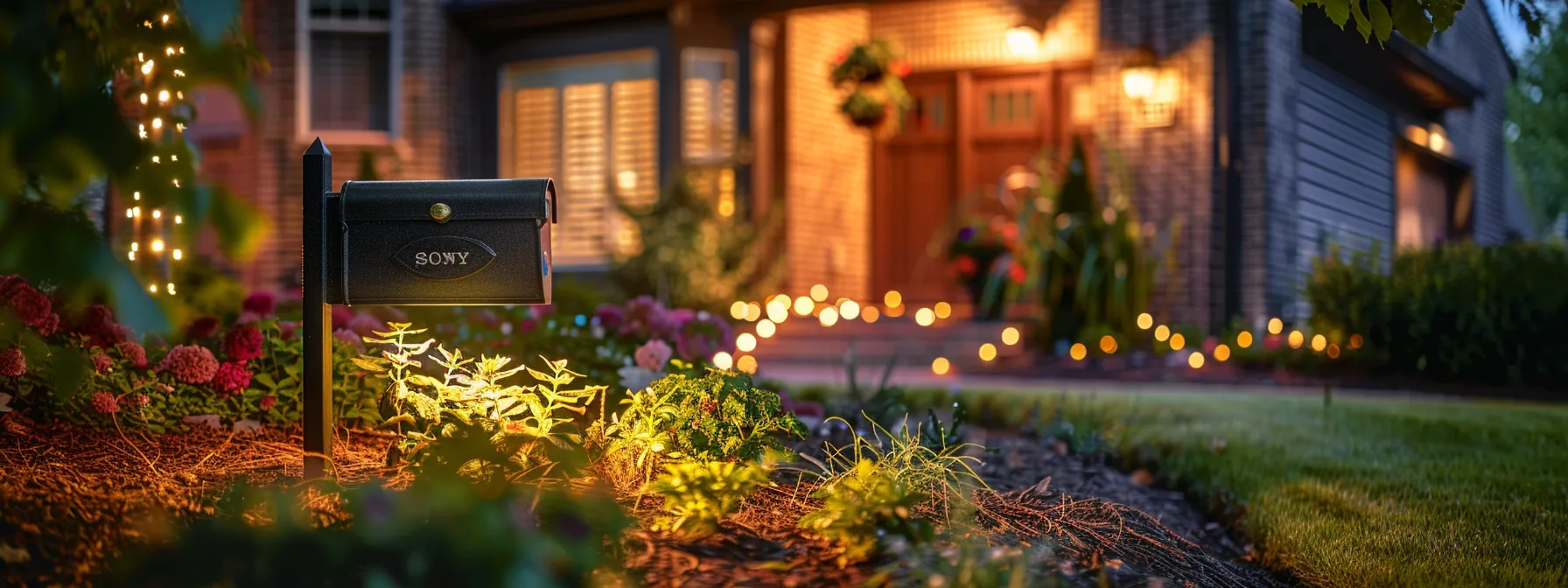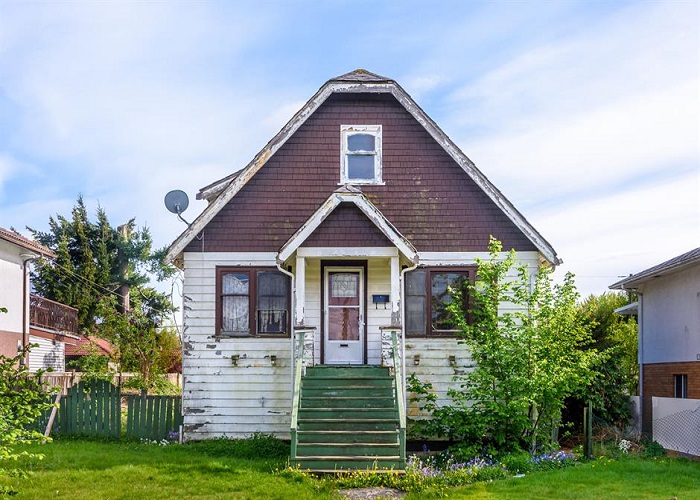Entering the house flipping industry can be an adventure filled with potential profits and creative opportunities. However, turning an old property into a modern oasis requires a clear plan and prioritization of renovation tasks. From ensuring the structural integrity to selecting the right finishes, it’s essential to focus on areas that will increase value and appeal to homebuyers. Below are the essential areas to concentrate on when flipping an old house for a successful real estate investment. Keep reading to learn the insider tips that could make or break your flip.
Upgrading Heating and Cooling Systems for Energy Efficiency and Comfort

Ensuring an efficient heating and cooling system is essential for future homeowners’ comfort and reducing energy costs. Replacing an outdated system with a modern, energy-efficient model can significantly cut expenses over time and serve as a strong selling point. It’s crucial to consider the climate when choosing a system, with central air conditioning or heat pumps ideal for warmer areas and high-efficiency furnaces or boilers better suited for colder regions.
Technological advancements like smart thermostats are appealing to tech-savvy buyers, offering convenience and energy savings by adapting to the homeowner’s lifestyle. Partnering with a reputable company, such as Quick Refrigeration, ensures the correct selection and installation of systems, compliance with regulatory standards, and warranties that provide peace of mind.
Assessing Structural Integrity: The Foundation of Flipping Success
Before transforming an old home into a modern one, it’s essential to assess and repair the property’s structural integrity. This includes inspecting the foundation, walls, roof, and load-bearing elements for signs of damage or deterioration. Neglecting these aspects could lead to costly repercussions and compromise the safety of future residents. Experienced contractors can provide comprehensive assessments, guiding the extent of necessary repairs.
Planning for unexpected structural challenges is crucial when flipping an old home. Resolving foundational and structural issues is not only about safety and building code compliance but also affects the resale value. Despite the potential for substantial structural repairs, they can also offer opportunities to rebuild and strengthen the home’s character. Partner with skilled professionals to preserve the original construction while bringing it up to modern standards.
Modernizing Electrical and Plumbing Systems in an Old Home
Flipping an old house often involves upgrading outdated electrical and plumbing systems to meet current standards, comply with building codes, and ensure safety. This includes replacing old wiring, service panels, and pipes that pose risks. New electrical systems can incorporate smart home technologies and water efficiency, while updating plumbing fixtures can bring modern aesthetics.
Engaging licensed electricians and plumbers can assess the scope of the update needed and recommend energy-efficient options. Modernizing these systems not only increases functionality and safety but also has a substantial return on investment, as efficient systems require less maintenance and can save homeowners on utility bills.
Enhancing Curb Appeal for Maximum Marketability

The exterior of a flipped home is the first impression potential buyers have, making curb appeal a critical aspect of renovation. Enhancing the property’s facade can increase its marketability and perceived value. Simple modifications like landscaping, fresh paint, and an inviting entrance can transform an outdated house into a charming one.
Installing new doors and windows can boost energy efficiency and improve aesthetics. Outdoor living space is equally important, adding a deck or patio can extend the living area and appeal to buyers who enjoy entertaining or relaxing outdoors. Addressing the home’s exterior details, from roof to siding, can yield a high return on investment, setting the property apart in competitive housing markets.
Interior Design and Layout Optimization for Today’s Homebuyer
To flip homes successfully, it’s crucial to understand modern homebuyers’ needs. Focus on creating functional spaces by opting for open-concept living areas or incorporating home offices. Interior design should balance broad appeal with unique touches, using neutral color schemes to allow buyers to envision themselves in the space. Partnering with companies like Kitchen Cabinets in Las Vegas can provide stylish, timeless options.
Efficiency and flow are key to attracting buyers. Ensure coherent room placement, ease of movement, and maximize storage solutions. Embrace natural light to make spaces feel larger and more inviting. Combining modern amenities with classic design elements and durable finishes can significantly boost a property’s marketability.
Altogether, flipping an old home successfully requires a focus on both its bones and its beauty. By ensuring structural integrity, updating essential systems, and making both exterior and interior design choices that resonate with today’s buyers, you can create a property that stands out in the market. Thoughtful investments in these areas can maximize both the home’s potential and your returns.
